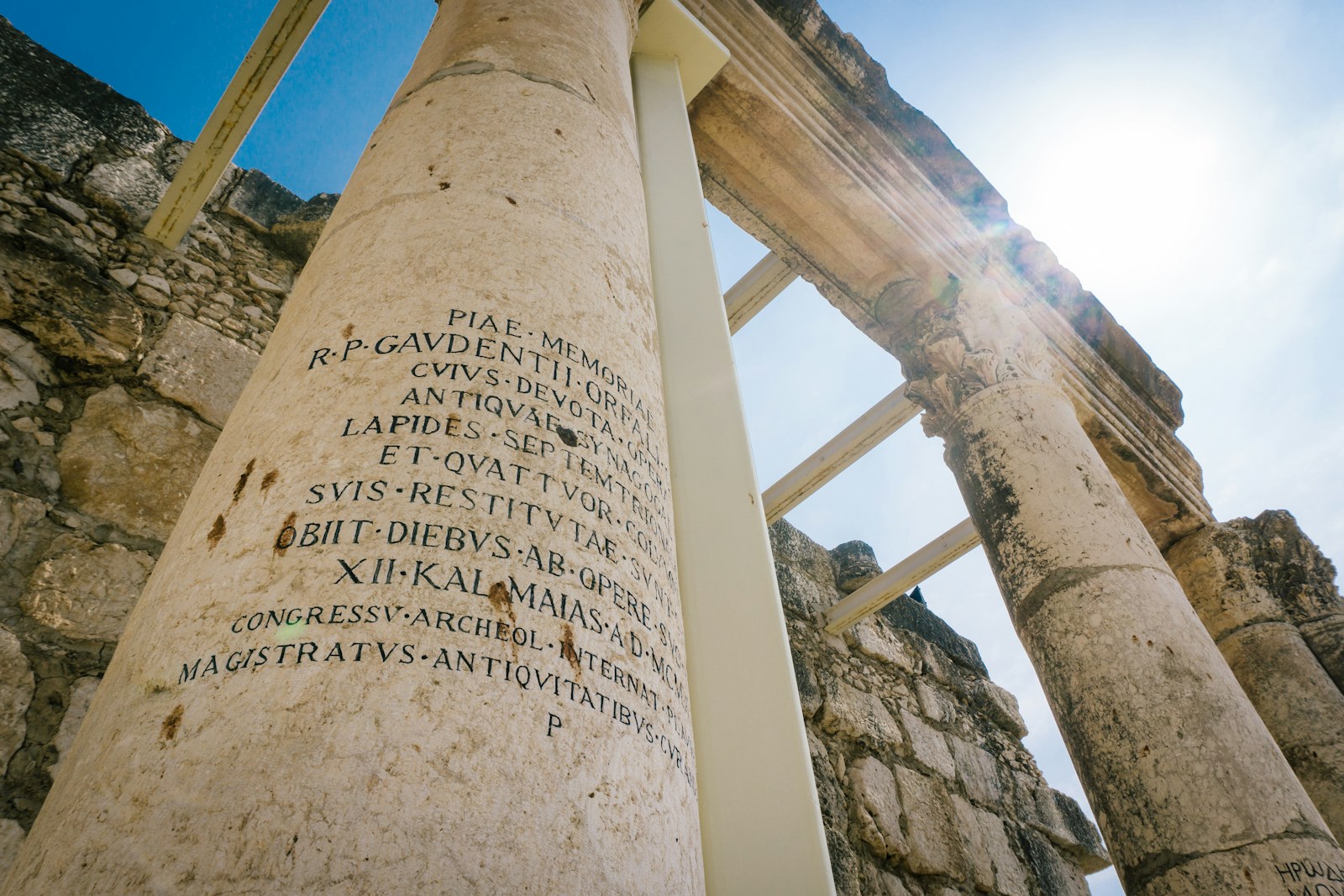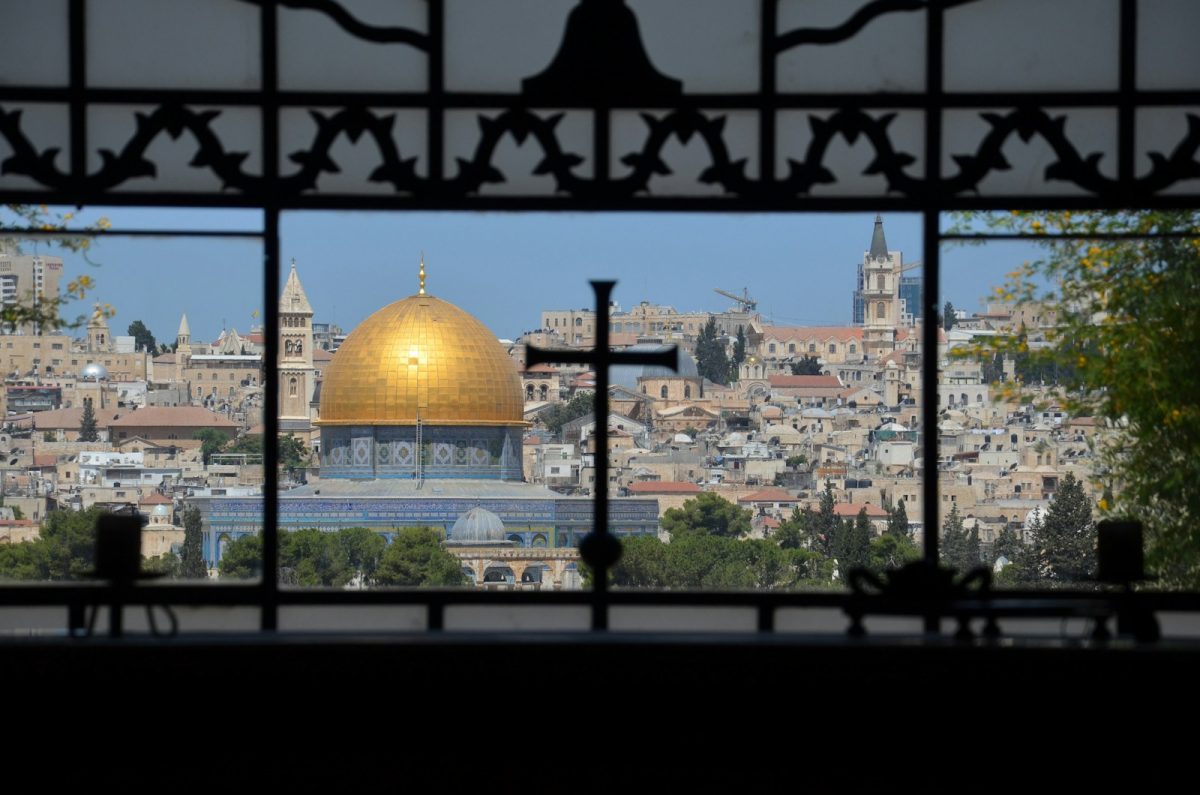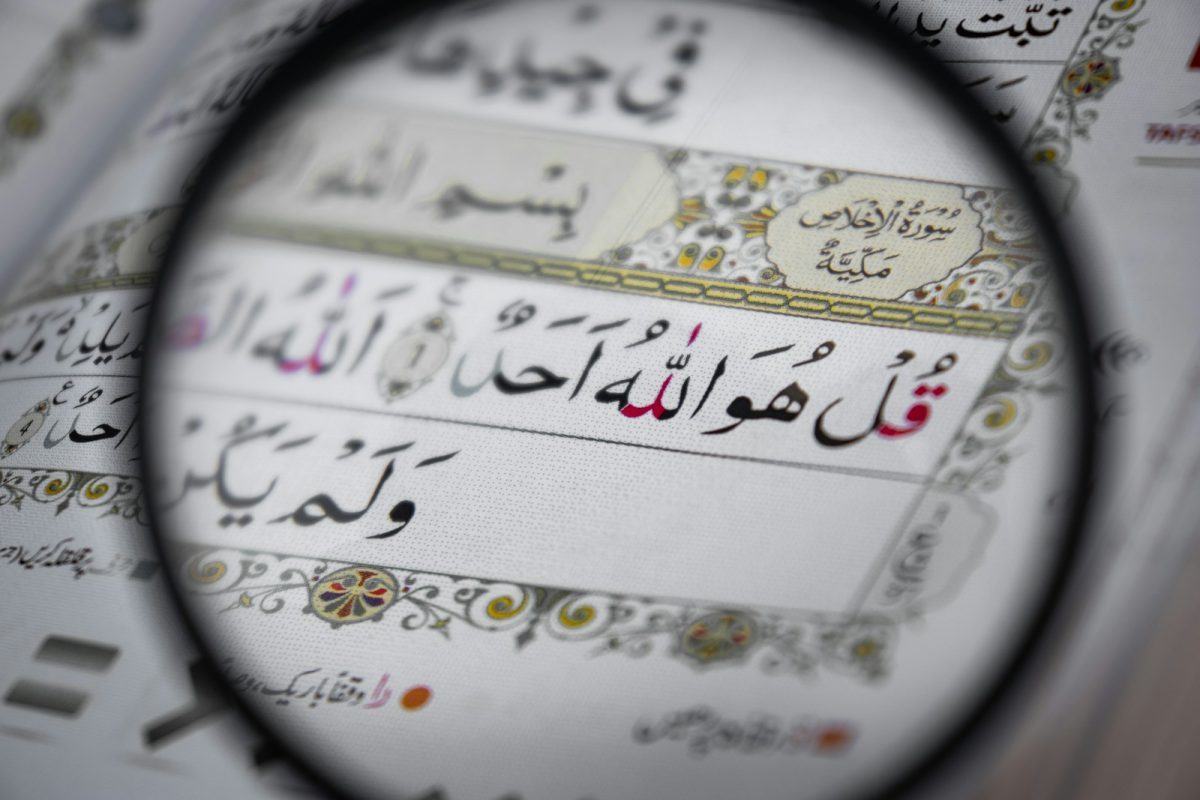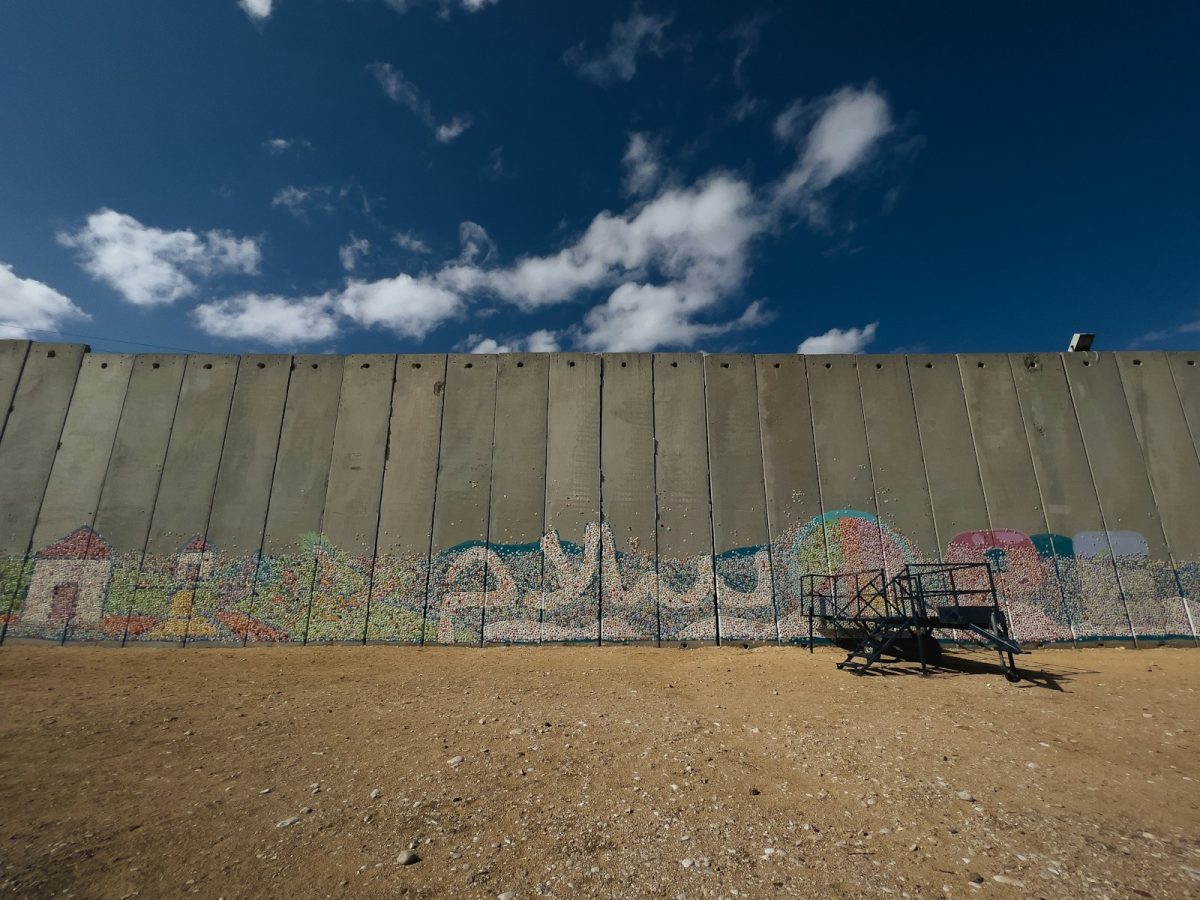Your cart is currently empty!
A Tapestry of Faith and Culture: The Middle East’s Legacy of Religious Coexistence

The Middle East has long stood as a dynamic crossroads of faith and culture, where a variety of religions and traditions have interwoven to create a rich tapestry of shared history. Cities such as Jerusalem, Damascus, and Baghdad once thrived as centers of knowledge and trade, drawing scholars, artists, and seekers from all corners of the globe. For centuries, these urban hubs flourished on principles of mutual respect and cultural exchange, fostering theological discussions that transcended political and geographical boundaries.
During the Umayyad and Abbasid caliphates, the region exemplified a remarkable degree of religious tolerance. Jews and Christians, referred to as “People of the Book,” were granted protections under Islamic governance. While they faced certain social distinctions, such as the jizya tax and specific dress codes, many found a coexistence that allowed for a rich blending of traditions and customs. This environment nurtured collaboration among Jews, Christians, and Muslims, leading to significant advancements in art, literature, and architecture. The physical landscape itself became a testament to this harmony, with mosques, churches, and synagogues often built in close proximity, symbolizing both a shared heritage and a collective aspiration for community.
The collaborative spirit was embodied by figures like Maimonides, a Jewish physician and philosopher who synthesized Jewish law, Greek philosophy, and Islamic thought. Another notable scholar, Nasr Abu Zayd, emphasized the importance of dialogue among religious leaders, advocating for mutual understanding across different faiths. This intellectual legacy reflects a strong belief in the necessity of peaceful coexistence, a sentiment deeply rooted in the region’s history.

The Islamic Golden Age, spanning from the 8th to the 14th centuries, marked a period of profound advancements across various fields, including science, medicine, philosophy, and the arts. Contributions from all three faiths fueled this intellectual flourishing. The concept of “dhimmi” allowed religious minorities to maintain their identities while actively participating in broader society, a notion particularly significant for many Jews who faced harsher conditions elsewhere. Institutions like the House of Wisdom in Baghdad became pivotal in preserving important texts and works from diverse religious backgrounds, showcasing the vibrant intellectual exchanges that characterized this era.
Yet, despite these advancements, some viewed the “dhimmi” status as a form of “second-class” citizenship, due to the accompanying taxes and dress restrictions. The Ottoman Empire (1299-1922) further exemplified this coexistence through its millet system, which granted various religious communities a degree of autonomy in governance. Each millet managed its own affairs, fostering stability by acknowledging the distinct identities of different groups. However, this system was not without its flaws; disparities in treatment sometimes led to tensions, and local leaders could exploit their power, contributing to growing nationalist sentiments. Sultan Suleiman’s reign saw a consolidation of power that rewarded loyalty with wealth and status, often at the expense of others who faced heavy taxation and conflict.
At the theological core of Judaism, Christianity, and Islam is a shared lineage that traces back to Abraham, promoting principles of peace and harmony. Judaism emphasizes Tikkun Olam, the idea of repairing the world; Christianity advocates for loving one’s neighbor; and Islam, meaning peace, encourages believers to foster brotherhood and amicably resolve disputes.

The decline of the Ottoman Empire and subsequent colonial interventions profoundly transformed interfaith dynamics in the region. The 1916 Sykes-Picot Agreement partitioned the Middle East between Britain and France, while the 1917 Balfour Declaration fueled aspirations for a Jewish homeland in Palestine, overlooking Palestinian calls for self-determination. This oversight intensified nationalist movements and complicated relations among communities. The ongoing conflict has led to significant loss of life, especially among Palestinians, as the repercussions of occupation continue to be felt in Gaza and the West Bank. Israel’s persistent violation of international laws exacerbates tensions between these faiths, challenging the possibility of harmony that has existed at various times throughout history.
Economic disparities further exacerbate these tensions. The increasing access to education and employment for Jewish citizens starkly contrasts with the challenges faced by Arab citizens. Substantial subsidies for Israeli citizens, primarily funded by the United States, facilitate resettlement, housing, and education. Meanwhile, the ongoing illegal occupation of Palestinian territories imposes severe restrictions on movement and resource access, leading to significant hardships for many Palestinians. The control over essential resources, including water, results in a stark inequity where Palestinian citizens lack the same support and freedoms afforded to their Israeli counterparts.

The ethical implications of these conditions are troubling, as the resulting checkpoints and barriers violate principles of free movement, as established by the Universal Declaration of Human Rights, and contribute to feelings of humiliation among affected individuals. These restrictions disrupt daily lives and perpetuate a cycle of frustration, reminiscent of the very conditions that earlier communities faced under the “dhimmi” system. The irony of this situation is not lost, as those who once advocated for freedom now impose similar limitations on others.
Despite calls from organizations such as the United Nations and the International Criminal Court—established largely in response to the atrocities of the Holocaust—Israel continues to move forward, largely ignoring these institutions while asserting its right to self-defense. Meanwhile, Palestine remains under Israeli control, and the ongoing denial of human rights, coupled with allegations of war crimes and humanitarian atrocities, has led many around the world to view the situation as a government attack on its own people.
In light of today’s realities, it is imperative to confront the consequences of conflict and indifference. Recognizing the region’s rich history of coexistence offers an opportunity for renewed commitment to understanding and empathy. Focusing on shared heritage and common values holds the potential for all Abrahamic faiths to forge a cohesive future. Embracing the core tenets of humanity can help reclaim the legacy of the Middle East, allowing its diverse peoples to celebrate their intertwined cultural and historical experiences. Although the past has never been free of challenges, history has repeatedly shown that when different groups engage with one another based on mutual respect, remarkable achievements can occur. Illuminating the beauty that arises when differences are embraced rather than feared.
Share Your Perspective
Subscribe to Truthlytics today to stay informed and dive deeper into the issues that matter.
Already subscribed? Log in to join the conversation and share your thoughts in the comments below!




